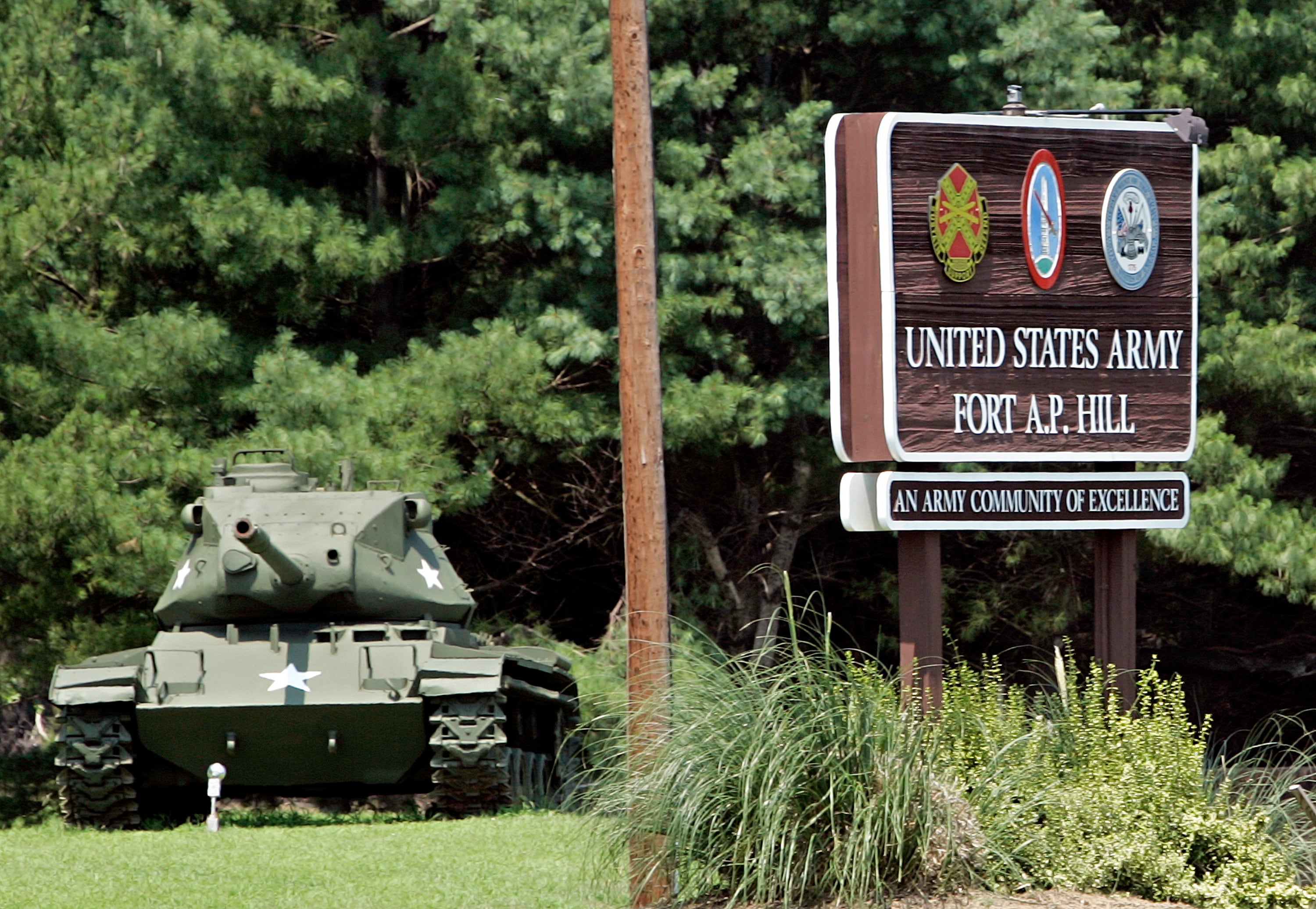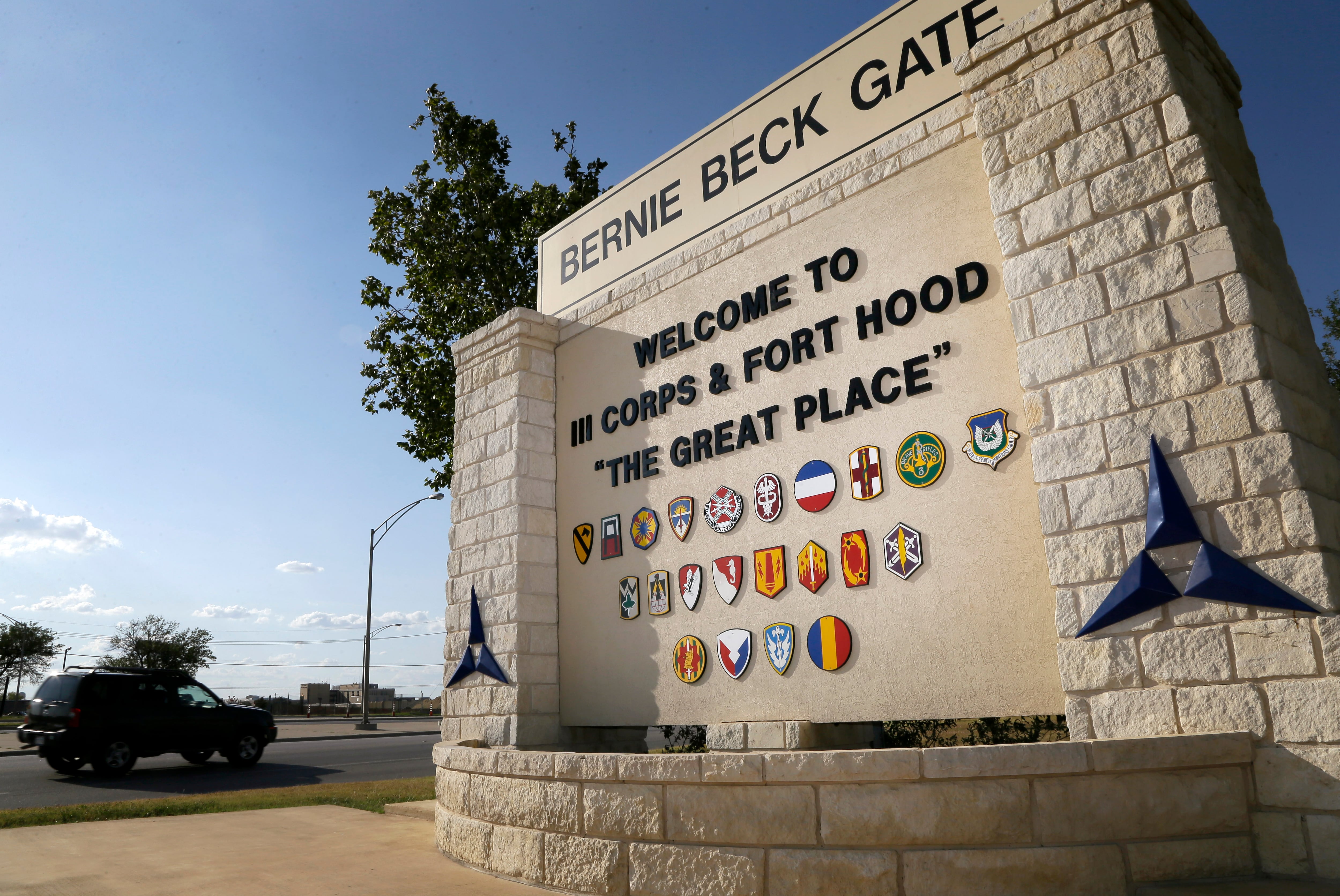The demonstrations across the United States that continue to grow as a result of the murder of George Floyd have sparked an important national debate about systemic race issues in the United States.
We have seen thousands of Army National Guard soldiers activated to assist local authorities protect life, preserve property, and to ensure the right to peacefully demonstrate. As the country grapples with its history and continued inequalities, the military is faced with the same challenges because it reflects our communities.
All service members swear an oath to support and defend the United States Constitution. The rights we have to share our struggles, voice our opinions, and gather to demand justice and equality are fundamental to our nation and must always be preserved. The unique role of the National Guard serves to ensure that it is.
Within our formations, we have been encouraged by senior leaders to have difficult but necessary conversations about race. The openness and vulnerability of service members to share their stories and foster discussion should be commended. For those who have had these discussions, it is evident that, as leaders of a diverse organization, we all must do more.
Sergeant Major of the Army (SMA) Michael Grinston is one of the senior leaders who has helped shape the debate by talking about his personal struggles with identity as a result of having a black father and a white mother. His willingness to share his story helps empower other soldiers across the force to do the same which will help build understanding and influence change.
Advancing solutions to persistent problems within our ranks has been a central focus of SMA Grinston during his service as the senior enlisted member of the Army. In the past week, we have seen his “this is my squad” campaign be a central part of soldiers supporting each other during these challenging times. “My squad” is focused on building unit cohesion and eliminate persistent problems within the force and has been shared with countless stories this week.
To address and root out systemic inequalities we will need action based on and the ideas and understanding generated from these conversations. An obvious place for the Army to act and make immediate changes would be to rename the 10 installations named for Confederate generals.
RELATED

A question I would pose to the force as we have important discussions about race and inequality is, would Gov. Sam Houston claim Confederate Gen. John Bell Hood as a member of his squad? Both individuals have United States Army installations in Texas named in their honor.
Sam Houston was the governor of Texas when the state voted to secede from the Union but refused to take the oath to the Confederacy and resigned in February 1861.
John Bell Hood was a West Point graduate who resigned his commission in the United States Army in April 1861 to join the Confederate Army. John Bell Hood does not represent the oath that my squad swore to the support and defend the United States Constitution.
Unfortunately, in recent years, the Army has made a conscious decision not to act, to leave these posts named after Confederate figures.
The justification has, in part, been that it was done for the purpose of reconciliation. If we are going to address systemic race issues in our country and ranks, we cannot and should not accept this answer.
We must reflect and look deeper at the time-period when the installations were named, between 1917 and 1942. It was a chapter in American history rife with increasing racial tension and efforts to oppress black Americans. Their efforts to advance equality were met with violent resistance, instances of lynching increased, and the Ku Klux Klan was revived and again rose to prominence. It was not a time of reconciliation; it was a time of segregation.
The time to have this conversation and take action to rename our installations is now. Our installations should be named for figures we can all be proud of; figures who were part of our squad.
Gus Ashton is an officer in the Massachusetts Army National Guard. His views are strictly his own and do not represent the Army National Guard or Department of Defense. You can reach him on Twitter: @gusashton4
Editor’s note: This is an Op-Ed and as such, the opinions expressed are those of the author. If you would like to respond, or have an editorial of your own you would like to submit, please contact Military Times managing editor Howard Altman, haltman@militarytimes.com.





